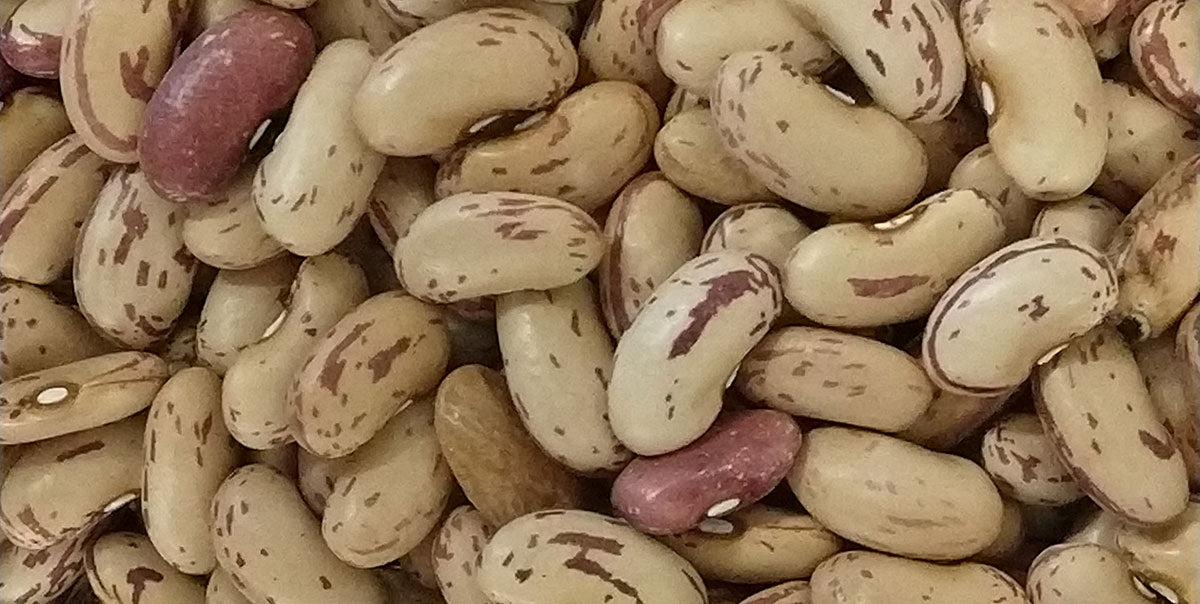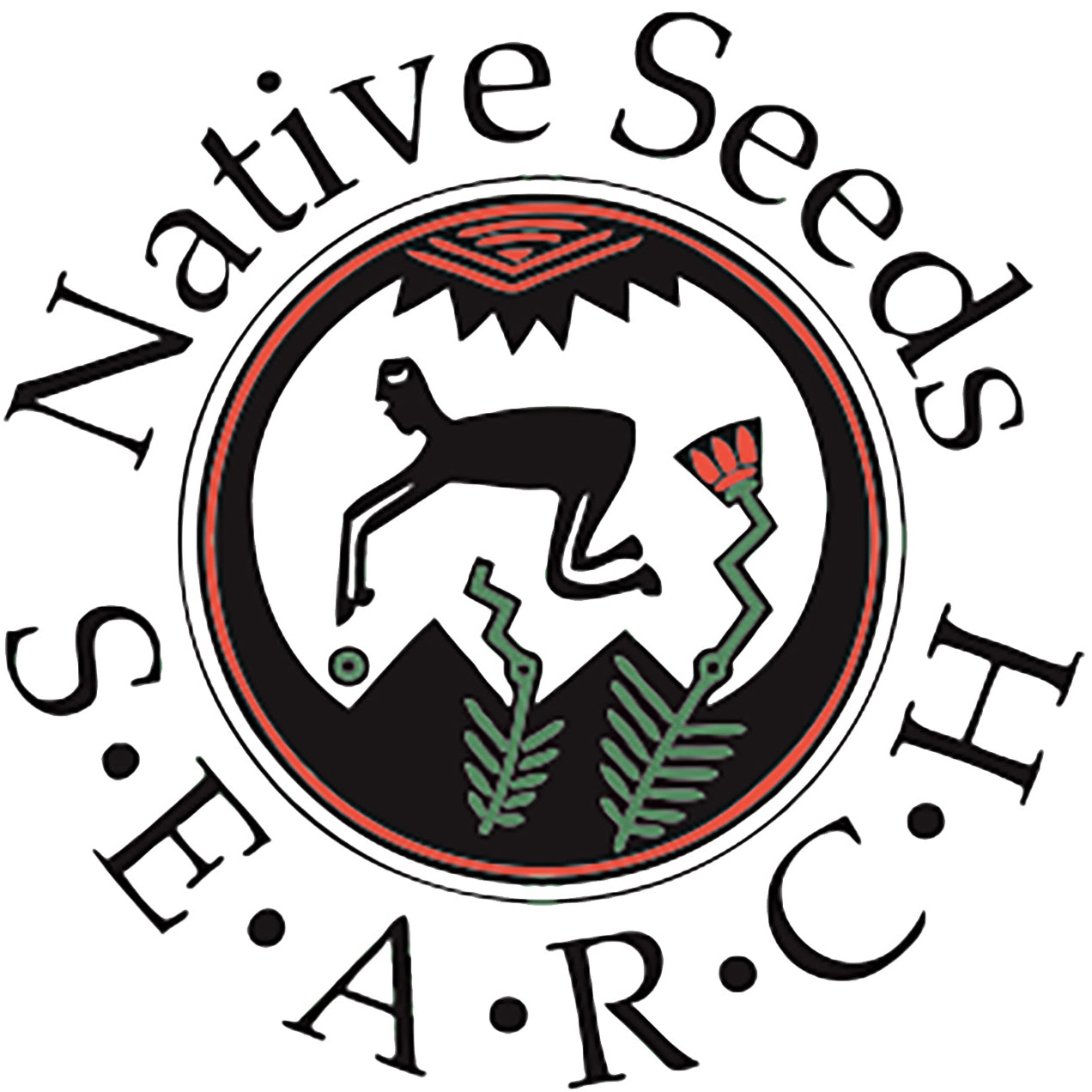
It's seed-catalog browsing season, that time when many gardeners around the country find a cozy spot to do their garden dreaming and planning. This season our NS/S staff often hear this question: Will this variety grow well in my garden in ________? Fill in the blank with any town from Wenatchee to Edmonton to Miami.
It's hard to answer that question. The hundreds of varieties in the seed bank collection come from different locations all around the Greater southwest. With questions coming from hundreds of other locations that have different weather patterns and microclimates and soil types, predicting how a variety will adapt to a different location is pretty difficult. The changing climate we are all experiencing in our varied locations adds another layer of uncertainty for all of us.
So our most common answer to that question is "Try a packet and see." That is truly the only way to know for sure how a plant will adapt to your location. However, there are some tips that will help you decide whether a variety is or isn't likely to thrive where you are ... that's what this blog is about. Here are some things you should look for when choosing a variety from NS/S:
Elevation
The NS/S collection contains seeds collected anywhere from 12 feet to over 9000 feet above sea level. This huge range means huge variations in plant traits. Lower elevation varieties tend to be adapted to hotter temperatures and more arid condition (unless they come from a coastal area, which may be cooler and wetter.) The varieties from the highest elevations are adapted to the shortest growing seasons and more moisture. Of course there are exceptions ... some low desert varieties, like the 60-day corn varieties, are adapted to short seasons, because of the climate extremes at certain times of year in the low desert. But generally, if you live at a high elevation or in a northern region, look for higher elevation varieties. If you live in a low desert area, be aware that some high desert varieties may have a hard time coping with low desert heat and sun and lower rainfall. (Some high elevation crops like peas, favas, lentils and garbanzos can grow well in the cool season in the low desert.) NS/S designates elevation with a mountain symbol on the packet for high desert (above 3500') and a saguaro cactus for low desert (below 3500'). Website descriptions also give elevation information.
Day Length Sensitivity
Some southern Mexican corn and bean varieties in the NS/S collection need to experience nights of a certain length in order to start flowering. Generally, they prefer night and day to be fairly equal in length, which are the conditions they would find at their points of origin, closer to the equator. If these plants tried to grow in the northern parts of North America, they would not see enough darkness until late in the year. Add the early frosts that come at more northerly latitudes, and you have a recipe for disappointment: if the bean plants you watered all summer long don't start flowering until September 10th and you have a killing frost on September 25, you'd be pretty unhappy. So if you live in the northern 2/3 of the US, or if you are further south but at higher elevation and have a shorter season, avoid these day-length sensitive varieties (like Achapmérawa, pictured above). Low elevation varieties that originate in southern Mexico and closer to the equator are most likely to have this sensitivity. Corn from higher elevations can be grown more widely. If we are aware of day length sensitivity in a variety, we have noted this on our website, but we don't always have sufficient data. To be safest, choose varieties from the U.S. or higher elevations varieties from northern Sonora or Chihuahua.
Rainfall
All plants need water, but too much rain can be too much of a good thing for some low desert varieties. Plentiful rainfall can cause tepary beans to grow many lush leaves and desert squashes to take over the neighborhood with their aggressive vines ... but without some drought stress neither will produce much fruit. Too much rain or humidity can cause desert adapted wheat like White Sonora to succumb to rust. So if you live in a very wet location, you'll have better luck with seeds from a similar place. If the rainfall you get is seasonal, you could try playing with timing of desert varieties. Low desert corn, beans, and squash traditionally are planted in the wet hot summer rainy season, so that they get a good deep-rooted start, but then flower and mature as the weather dries out. If your weather has a similar pattern, you could give it a try.
Non-collection seed varieties
NS/S also offers over 100 heirloom varieties that are not part of our seed bank collection. They have catalog numbers that begin with "TS". These are popular heirlooms that are quite adaptable and have been grown in locations around the country, so if a particular crop type can grow in your location, these varieties probably will do just fine with careful growing.
Changes
If you farm or garden far outside the Greater Southwest and choose to plant seeds from the NS/S collection, it's important to acknowledge that plants will continue to adapt to their new location. Changes will occur. 60-day corn won't keep its 60-day adaptation if grown in less harsh conditions. (Even in Phoenix when planted in early spring with irrigation it has a longer season, and also produces larger plants and ears). Plants adapt and change, it's what they do. When people select and save seeds we help them to adapt and change to the place and time where we are. That's how these special arid-adapted plants came into being, at the hand of indigenous farmers who have lived with them for generations, who have developed their special traits and have helped them to continually adapt by paying close attention to them, by selecting wisely for diversity and adaptability. We'd best follow their lead: paying attention, saving seeds, listening to the plants and helping them adapt to the changes taking place around us.
